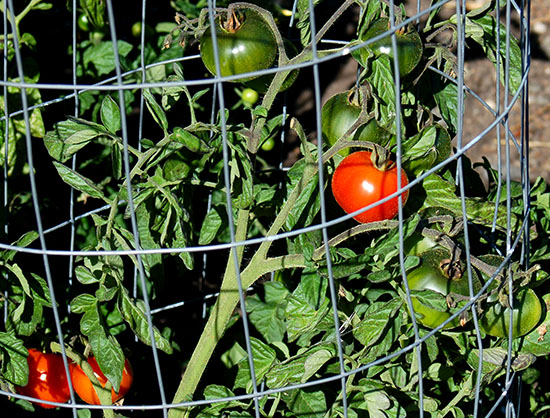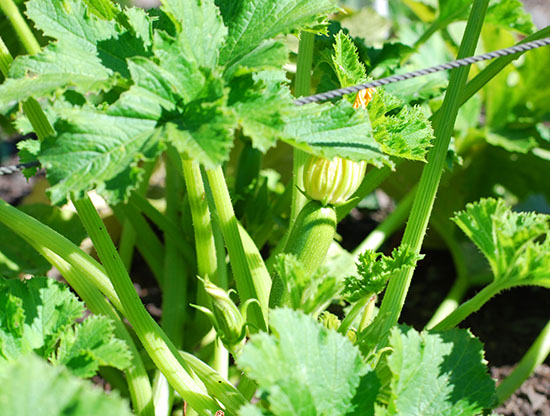New 2010 seed catalogs arrive in the mail filled with gorgeous color photos of the latest and greatest new vegetables. They’re so tempting. The seduction begins with color, continues with persuasive and evocative text, and caps it off with price reductions to seal the deal. I want them all, but of course, I can’t have them all. There’s not enough room or time to have everything that looks good. So, how does one choose? I have several criteria that I apply to winnow the field of choices down to a select few.
First, choose varieties which do well for you in your climate and put the right plant in the right place. That may sound simple-minded, but many people don’t realize what a difference it makes. Read the catalog descriptions and the package labels carefully and pay attention to the number of days to maturity and the sunlight, temperature, and water requirements. For example, climate has a huge influence on productivity and flavor of tomatoes, the number one crop, nationwide, grown by home gardeners. If you live in a place that has hot, humid summer nights and a nice long growing season then you have numerous choices of tomatoes you can grow successfully that will actually taste good. Any of the ‘Beefsteak’ type tomato cultivars, for example, do well in the eastern half of the USA. They do not do well in the western half because the west is dry and nights are cool. If you live in a place that has cool, dry summer nights and a short growing season the number of tomato cultivars you can grow is quite limited, and some of them have no flavor at all. Learn what your growing conditions are in your area, and go online or on the phone to check with the Master Gardeners for their recommendations of varieties that do well in your climate. You can also check with your neighbors or your local garden clubs to learn which cultivars are successful in your area and which are not.

Tomato cultivar 'Santiam' is a reliable producer under short season, cool conditions and it also is quite tasty.
Second, look for words or symbols in the catalog description or on the package label that indicate whether or not a variety resists certain diseases or pests. If the description says “resistant to powdery mildew” then I recommend choosing that one instead of a variety that has no resistance. Many vegetable cultivars also have a series of letters that follow the name or the description, letters that indicate valuable genetic resistance. For example, PM means resistant to powdery mildew, N means nematode resistant, TMV means tobacco mosaic virus resistant, CBM indicates resistance to common bean mosaic virus, F has resistance to Fusarium fungus disease, and so on. When you choose vegetable varieties that are genetically resistant to common pests and diseases you reduce the amount of work, time, and money you need to spend in order to get a successful crop.

This vigorous and productive zucchini ('Romulus' PM) is resistant to powdery mildew and shows no sign of the disease even though surrounded by infected squash plants of non-resistant varieties.
Third, start with disease-free seeds, roots, and bulbs. When you purchase certified seed, seed potatoes, or onion sets from a commercial grower you expect them to be disease free. If you save your own seed you should inspect it prior to planting and make sure it is firm, healthy, and the right color. Off color seeds, tubers, or bulbs, or those with spots, or ones that are soft and mushy, may be infected with bacterial or fungal pathogens that will only give you grief.

If you're saving your own seeds avoid those that are discolored because they are likely to be infected.
Fourth, I recommend purchasing certified organically grown seed whenever possible. The farmer growing the organic seed for you is using tried and true least-toxic farming techniques that help our environment. Whether the seed makes a difference in your personal vegetable garden or not, it makes a huge difference in the production fields. By supporting the farmers producing organically grown seeds you are helping to make a difference.
So the bottom line is, enjoy the new seed catalogs, they’re pretty and they’re informative. But make your final decisions about what you want to grow in your garden using the four criteria outlined above.


Leave a Reply